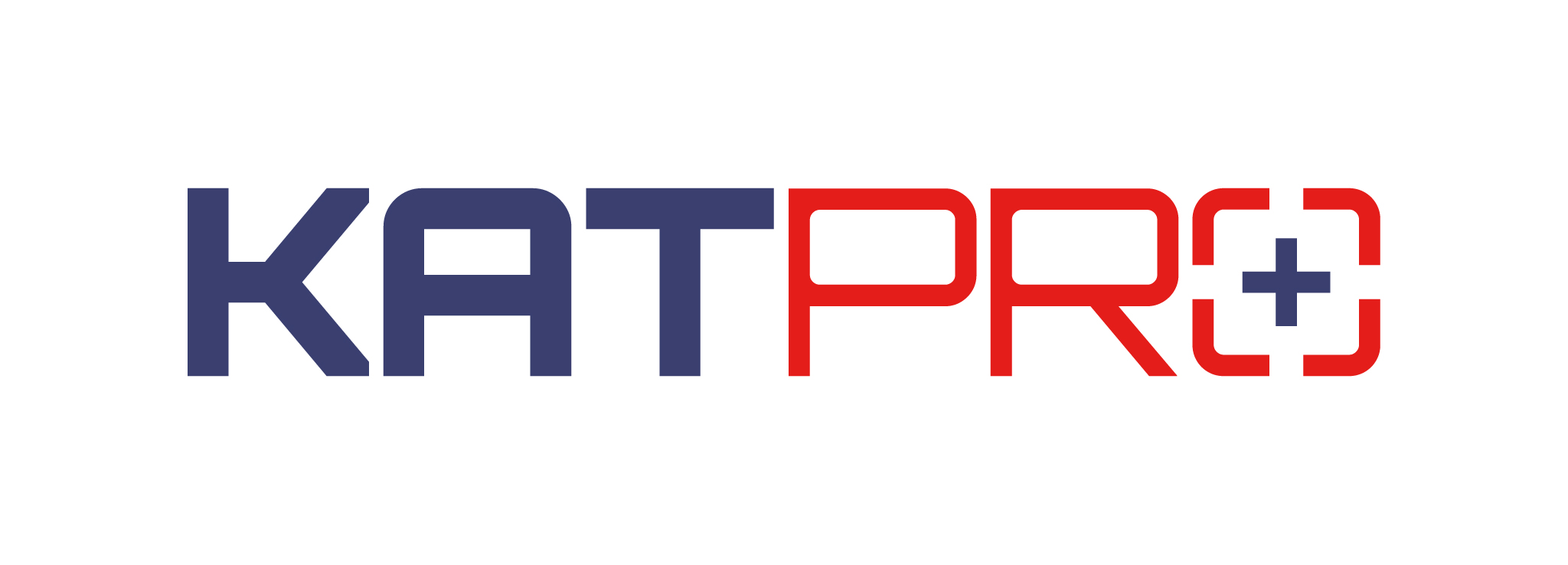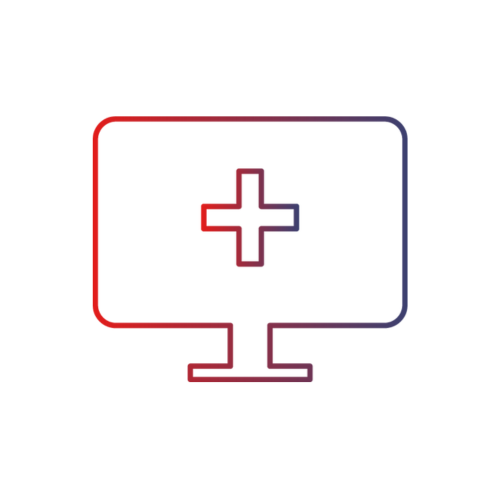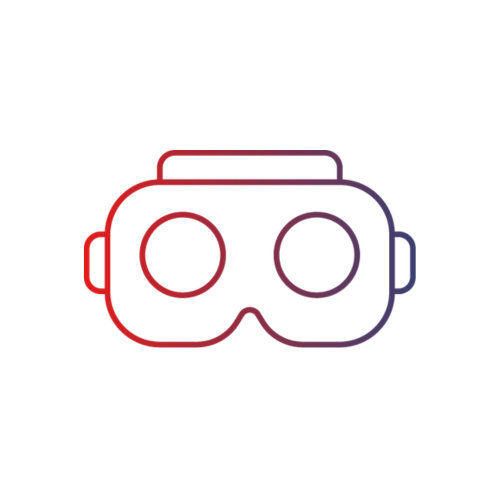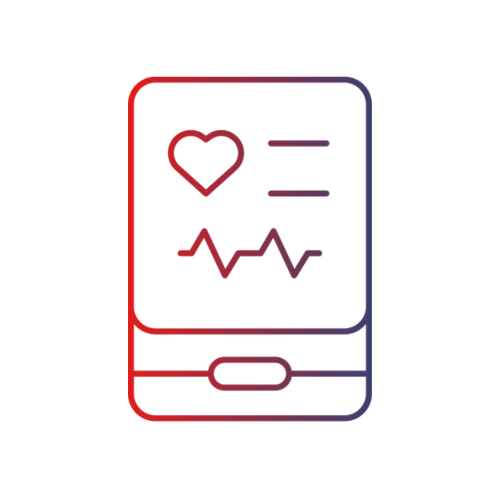Technology saves lives
Innovative solutions for healthcare in crisis situations
KATPRO is an interdisciplinary network that develops practical solutions for medical emergencies in the event of disasters and major incidents. Our projects improve care under extreme conditions – with high-tech, heart and hands.

Why KATPRO?
Natural disasters, extreme weather, technical failures (e.g. train accidents), cyber attacks and terrorist attacks are increasingly leading to large-scale crises. At the same time, the challenges in disaster situations are growing. Particularly problematic is the mass casualty incident (MCI), in which many people have to be treated at the same time – under time pressure and often with limited resources. Existing structures regularly reach their limits in such situations:
- Overloaded or destroyed infrastructure
- Lack of digital tools and coordination
- Overburdening of emergency services
- Lack of systemic stability for medical processes
- No modern standards for screening and prioritisation
This is precisely where KATPRO comes in – interdisciplinary, technological and practical.
Our mission
We bring together stakeholders from the fields of medicine, technology, research and emergency response organisations to significantly improve healthcare in crisis and disaster situations through technological and organisational innovations. The focus is on three goals:
- Technology-based solutions for a reliable supply in times of crisis
- Digital systems for screening, prioritisation and deployment coordination
- Resilient structures for stable medical processes in major disaster situations
What matters: The solutions developed must work in practice – reliably, flexibly and appropriately for their intended use.

Dr Andreas Follmann – German Society for Disaster Medicine
"We use smart systems in everyday life – so why do we still work with pen and paper in disaster medicine?”
Dr Andreas Follmann – German Society for Disaster Medicine

Our claim
We focus on interdisciplinary exchange and joint development – where real challenges exist.
For this purpose, we will:
- create links between sectors, disciplines and decision-making levels
- rethink processes – standardised, digitally supported, application-oriented
- develop technologies, test them in real-world applications and transfer them into practice.
- strengthen our emergency services – through tools, training and targeted knowledge transfer.
Participate & help shape the future
KATPRO thrives on participation. We invite organisations and individuals who want to explore new paths with us – with expertise, hands-on experience, and a forward-looking perspective.
Diversity is our strength – we welcome participation from a wide range of areas:
- Medicine and emergency services
- Research and science
- Technology companies and start-ups
- Industry and supply
- Public administration, NGOs, civil protection and disaster relief organisations
Those who participate actively shape the future of care in crisis situations – in a networked, solution-oriented and effective manner.

KATPRO areas of activity
The network therefore focuses on four key areas of activity::
Preparedness
includes all preparatory measures to ensure operational readiness in an emergency, such as training and equipping emergency services personnel.
Triage
is the structured initial assessment of injured or ill persons and forms the basis for prioritisation and deployment control.
Prioritisation
involves the decision of who receives help first. This requires clear ethical principles, medical knowledge and practical applicability.
Support
covers all medical measures in the acute phase and the improvement of the general conditions for emergency services, logistical processes and structures.
Preparedness
includes all preparatory measures to ensure operational readiness in an emergency, such as training and equipping emergency services personnel.
Triage
is the structured initial assessment of injured or ill persons and forms the basis for prioritisation and deployment control.
Prioritisation
involves the decision of who receives help first. This requires clear ethical principles, medical knowledge and practical applicability.
Support
covers all medical measures in the acute phase and the improvement of the general conditions for emergency services, logistical processes and structures.
Our technological priorities
Technological innovations are central to effective supply
in disaster situations. This leads to six key focus
areas for the network approach:
Ground-based and aerial drones
How can drones effectively support emergency services in disaster situations?
Drones have become an indispensable part of modern disaster relief. Our network is involved in the development and deployment of unmanned indoor and outdoor drones of various sizes and functions. The potential is enormous: they can support emergency services in a wide variety of situations – for example, during reconnaissance flights in rough terrain, for the rapid transport of medicines or blood reserves, for monitoring the spread of pollutants, or for setting up temporary communication networks. Especially in disaster scenarios with destroyed infrastructure, autonomous systems enable rapid access to crucial information – safely, efficiently, and without endangering human lives.
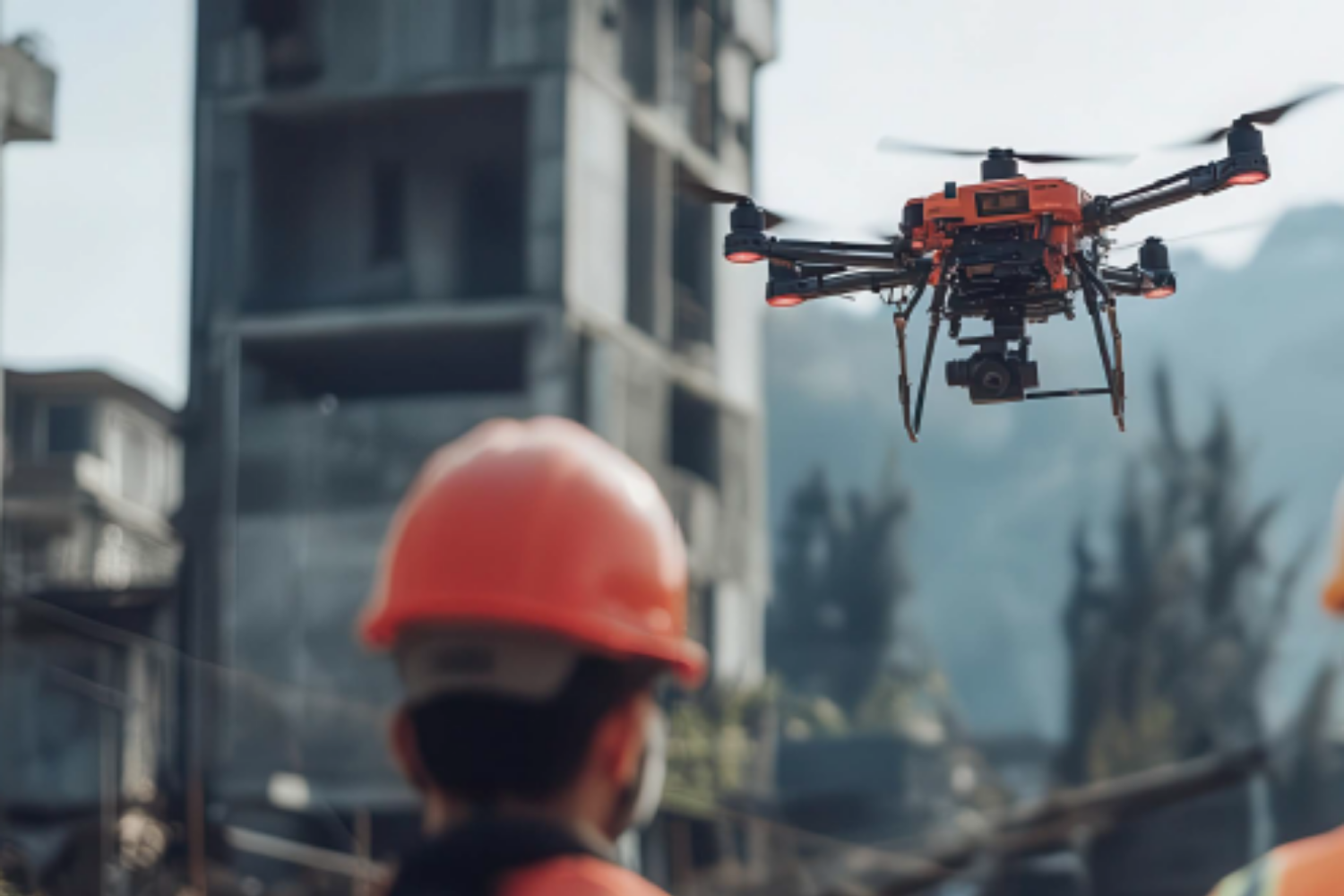
Real-time telemedicine connection
How can telemedicine improve medical care in crisis situations?
In crisis situations, every minute counts – especially when it comes to providing emergency medical care. Telemedicine technologies enable remote medical professionals to connect with what is happening on site in real time. Mobile devices, cameras and secure data connections can be used to provide live support to emergency services – for example, with diagnoses, triage decisions or the initiation of life-saving measures. This allows medical resources to be deployed in a more targeted manner – even in remote or overburdened regions. Our network develops solutions that are robust, intuitive to use and compliant with data protection regulations.

Augmented Reality (AR) and Virtual Reality (VR)
What role do AR and VR technologies play in disaster relief?
Complex operational situations require clear orientation and quick decisions. AR and VR technologies open up new possibilities here: with augmented reality, for example, building plans, vital data or danger zones can be displayed directly in the field of vision of the emergency services. Virtual reality enables realistic simulations and training in which disaster and rescue scenarios can be tested under realistic stress conditions. Our network uses these technologies to take operational planning, situation assessment, and training and further education to a new level.
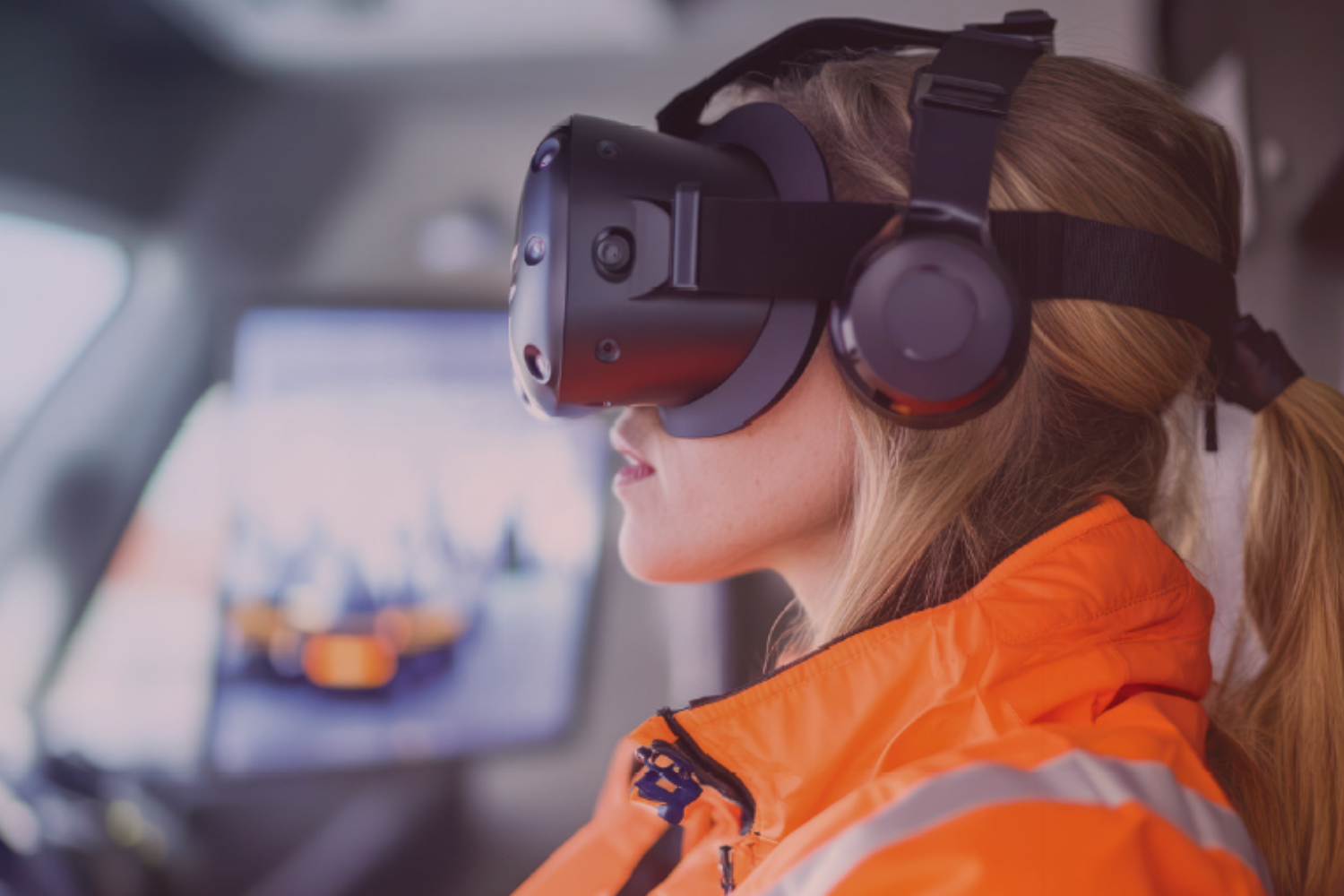
Contactless sensor technology and computer vision
How can a person's state of health be reliably assessed without manually measuring vital signs in direct 1:1 care?
In dynamic situations, a quick and reliable initial assessment is crucial – even without direct contact. Smart sensor technology and modern image processing make this possible: camera-based systems analyse facial expressions, breathing, movement patterns, skin temperature and more from a distance. This contactless vital data collection plays a key role in the assessment of injured persons, especially in contaminated areas or when there is a shortage of personnel. In combination with artificial intelligence, changes in condition can be detected automatically – this relieves the burden on emergency services and improves the quality of care.
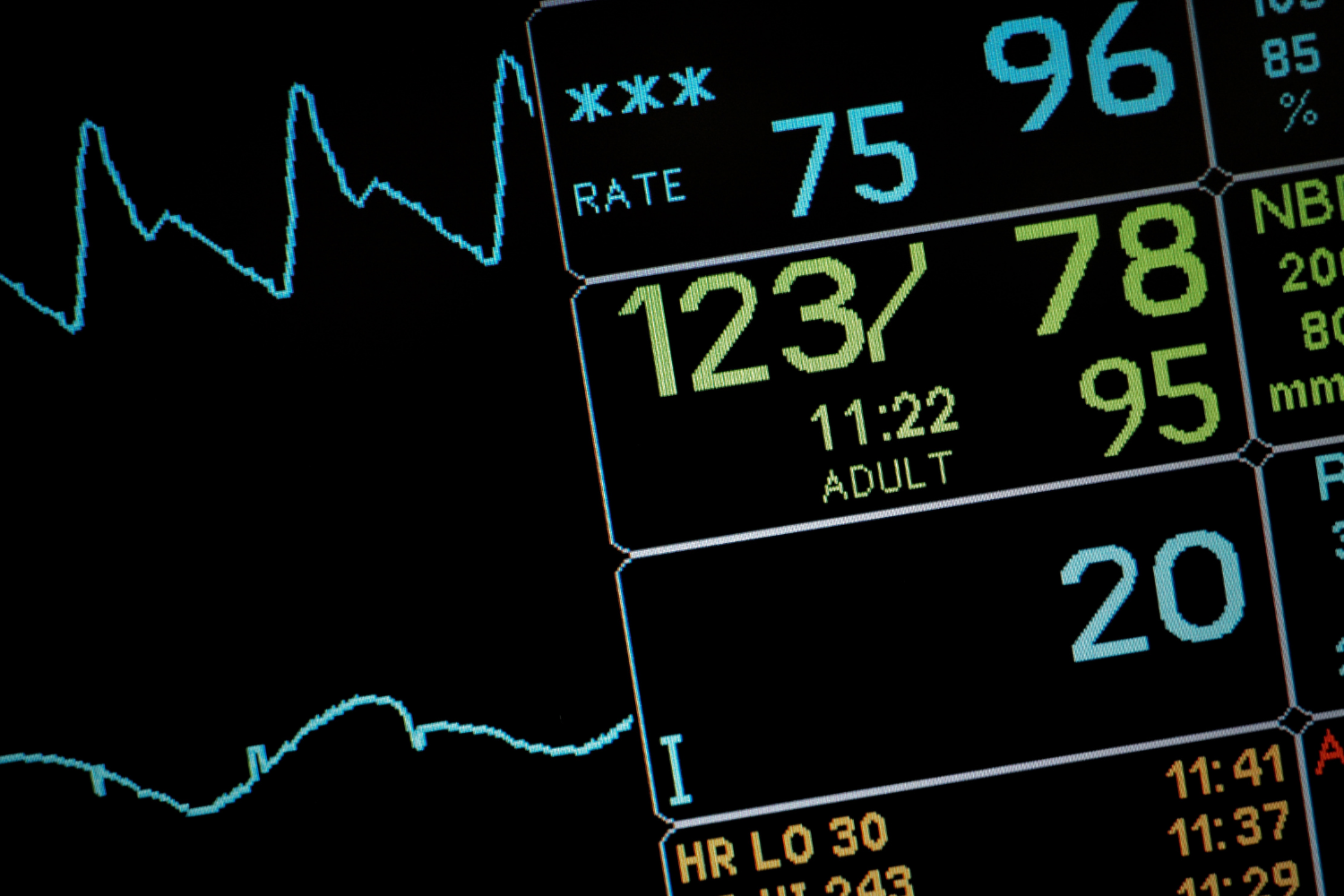
Technologies for operations centres and control rooms
How can operations centres centres make better decisions in real time?
Efficient coordination is the backbone of successful disaster management. Our network is working on innovative systems for control centres that collate and evaluate information from a wide variety of sources – such as drone images, 360° camera recordings, vital data or location information – in real time. The aim is to provide optimal support to incident commanders in assessing the situation, managing resources and making decisions. This makes it easier to manage even complex, supra-regional damage situations. Intelligent algorithms help to set the right priorities and identify critical developments at an early stage.

Functionalised equipment for emergency services
How can equipment better support emergency services in an emergency?
Rescue workers achieve extraordinary things under extreme conditions – we want to support them better in their work. Our network develops intelligent equipment for physical relief, better protection, improved communication and more. The aim is to carry out medical and operational activities with minimal effort and maximum efficiency. The functionalised equipment is designed to meet the real requirements of the job – it is robust, ergonomic and intuitive to use.


“We are meeting growing challenges with technology that saves lives.”
Katrin Kootz – Network Manager, PromoTool GmbH
Making a difference together
Research, industry and emergency services united – for reliable supply in the event of a disaster. Together, we pool our expertise so that we can act quickly and effectively in an emergency.
Companies
Research facilities
Practice partner
Our network members
The network brings together members from the fields of medicine, emergency services, technology, research and industry.
#TogetherweareKATPRO
Our network management
Our network management team combines expertise, strategy and practical experience. With diverse backgrounds in science, operational reality and project coordination, we support the development of innovative and practical solutions for medical emergencies in disasters and major incidents. We connect stakeholders, promote exchange and create structures that enable ideas to become effective.
Dominika Matuschak
Network manager
Finance & Project planning
Katrin Kootz
Network manager
Practice & Application
Dr. Thomas Rüsch
Network manager
Strategy & Development
Our news
Contact us!
Would you like to join us?
KATPRO thrives on exchange. Whether you are a developer, researcher, rescue worker or decision-maker – we look forward to new ideas.
What you get:
-
Access to a strong innovation network
-
Support with project funding (e.g. ZIM)
-
Exchange with practice and research partners
-
Visibility for your technology
- Access to real test environments and pilot sites
